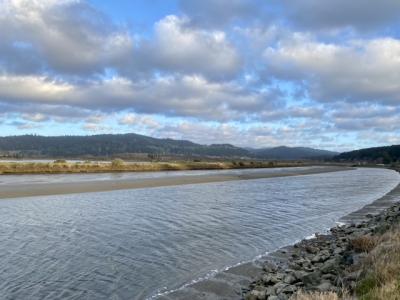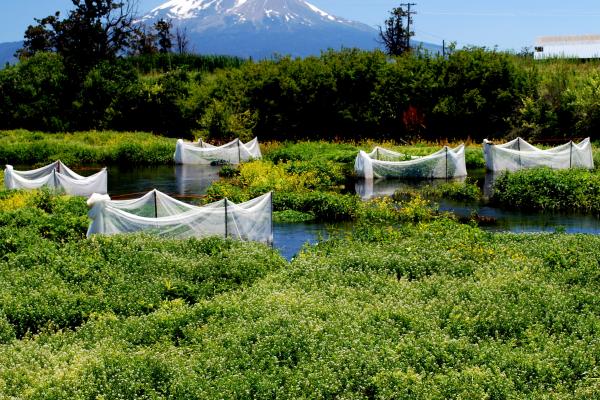The Influence of Food Webs on Salmonid Growth and Performance: A Forgotten Link to Species Resilience
Robert Lusardi, Center for Watershed Sciences, UC Davis
Efforts to conserve at-risk populations of anadromous Pacific salmon (Oncorhynchus spp.) often focus on the restoration of physical habitat features (e.g., water temperature, pool frequency and depth, large wood abundance, etc.) associated with enhanced juvenile production in freshwater. However, there is growing recognition that restoration and protection of suitable habitat must consider interactions between physical habitat features, ecosystem productivity, and fish performance. Recently, numerous scientists have called for a broader understanding of how prey availability and food webs affect the growth, persistence, and survivorship of juvenile salmonids. We seek abstracts that examine the effects of food webs and aquatic habitat productivity on the growth of juvenile salmonids particularly in productive ecosystems or where food webs strongly interact with physical habitat attributes to influence growth.
Gabriel Rossi, UC Berkeley
Robert Lusardi, UC Davis and California Trout
Jacob Montgomery, California Trout
Carson Jeffres, UC Davis


